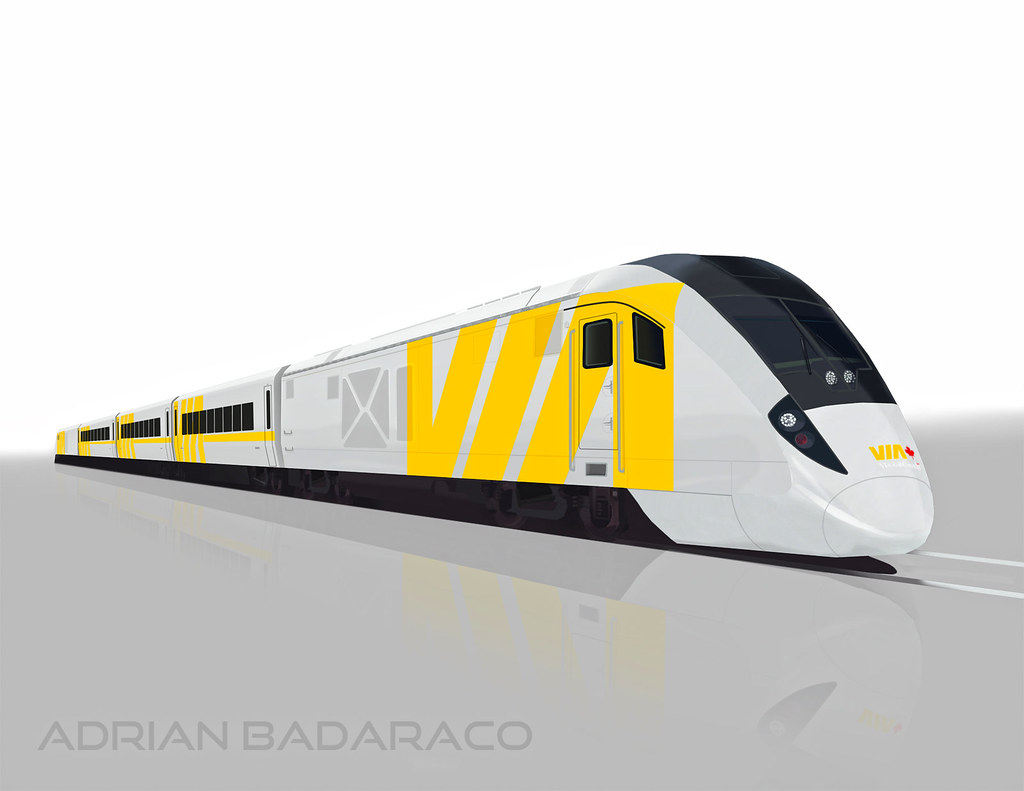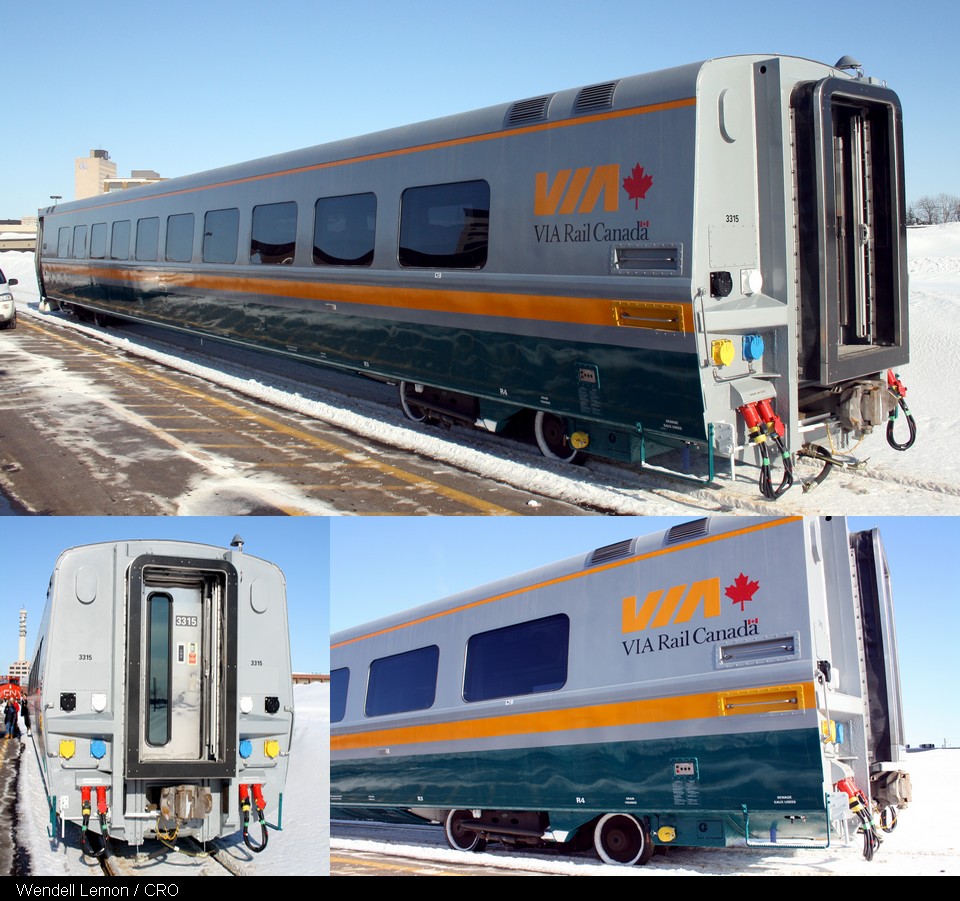Yet, Western Canadians rank VIA Rail higher than Air Canada (which certainly has a usable offering to the West with its hubs in Vancouver and Calgary) on the Dalhousie University's "Social License to Operate Ranking":
View attachment 159792
Source:
Dalhousie University (2017, p. 12)
I have to credit you for being one of the very few discussion partners I've encountered on forums like this, who actually bothered to base his argument on relative (rather than absolute) figures, though that figure is $400 (
$392.84 in 2017) instead of $600 and includes an allocation of VIA's overheads (such as my Salary) which would remain basically the same even if you terminated the Canadian. However, the appropriate metric is "subsidy per passenger-mile" (not: per passenger), as a per-rider subsidy of $20 would be simultaneously disastrous for a 5 mile long Metro scheme and phenomenal for a 2800 mile long transcontinental route (like, you know, the Canadian). When you look up that figure in
VIA Rail's most recent Annual Report, you will find that figure to be $0.32, which I believe to be same order of magnitude paid for transit rides in Canadian cities like Toronto, Montreal or Vancouver...
Okay, now we are back to the extremely rudimentary level of ssiguy2's understanding of Economics and Business^^. I don't mind people having impractical ideas and recommendations, but I do expect people to show some willingness to learn and acknowledge facts instead of repeating and repeating their misconceptions. Therefore, I will just recopy what I responded to the identical claim last time you made it:
By the way, there was one business unit which was transferred from VIA Rail to the private sector, but this approach isn't exactly what I would call being "sold to the highest bidder"...
Source: Trains, November 2018, "VIA Rail Canada at 40" (pp.29-30)
Subscription available
here
...nor do I see how selling this service has made it more affordable to Canadians (or anyone else):
Pricing during last summer under operation by VIA Rail (note that the 1-night package from Vancouver to Banff cost $295 or $525 in 2018 prices):
View attachment 159798
Source: Official VIA Rail timetable (effective 1989-04-30, p. 51)
Current pricing as private enterprise (Note that the one-night package from Vancouver to Lake Louise now starts at $1499 or $843 in 1989 prices, thus almost 3 times as much as what VIA charged):
View attachment 159799
Source:
Rocky Mountaineer Website
Canadian Pacific operated passenger service on quite a variety of routes in the Okanagan area (of which (Revelstoke-)Sicamous-Vernon-Kelowna survived
until 1960 and on (Medicine Hat-)Lethbridge-Nelson-Castlegar-Penticton-Spence's Bridge(-Vancouver)
until 1964), as this map shows:
View attachment 159789
Source: CP Network timetable (
effective 1950-04-30, p.46)











